How building automation impacts health, efficiency, and indoor air quality in hospitals
How does building automation ensure hospitals are safe, secure, comfortable environments for everyone?




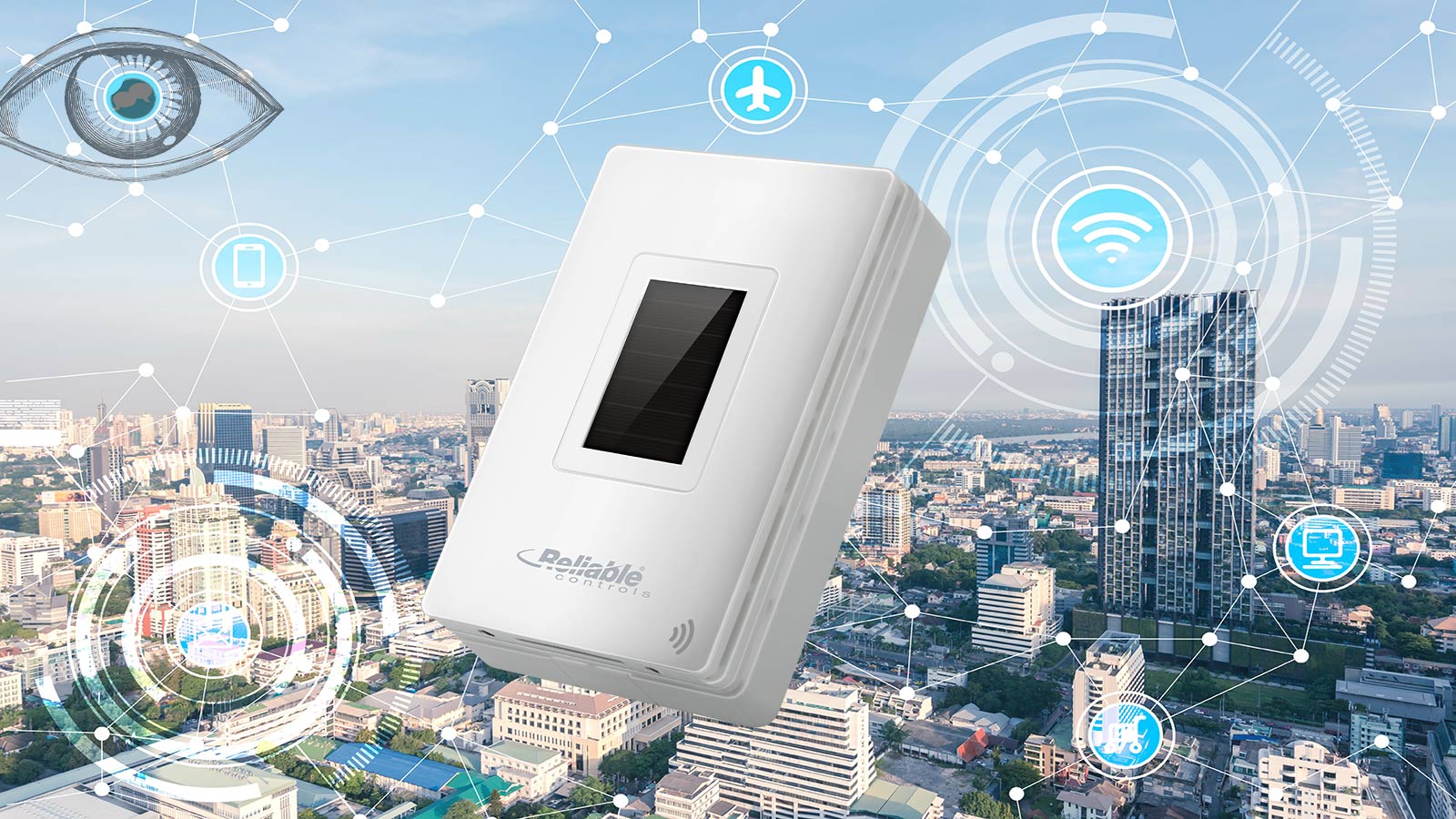
Since the thermostat was invented, finding a way to control complete building systems was a popular goal. Early whole building systems relied on piping and tubing to deliver compressed air throughout a facility to control devices or react to changes in conditions.
This practice largely continued until the 1980s, when the advancement of computers, digital communication, and direct-digital systems emerged. These systems relied on wiring and low-voltage signals read from sensors and sent to control devices that required a physical connection. They read changes in sensor signals and sent control signals to building operating systems, including heating, ventilation, and air-conditioning systems.
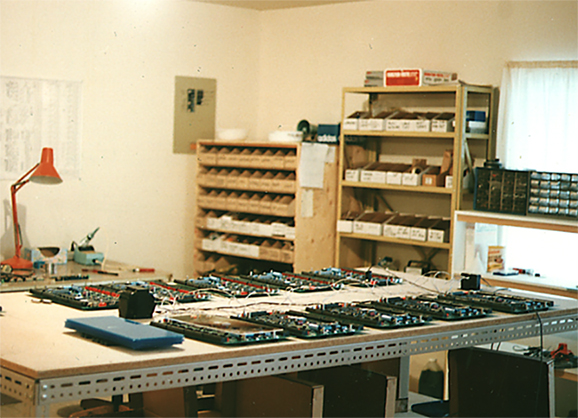
The digital age ushered in direct-digital control. The ability to network controllers closer to the equipment and to read and share information changed the game. Facility directors could action work orders quickly and efficiently. Building automation strategies became more focused on energy costs (profit), occupant satisfaction (people), and environmental concerns (planet)—the triple bottom line, as coined by John Elkington in 1994 (The Economist 2009). Direct-digital control meant more information and interaction was necessary to achieve these goals and work toward building sustainability.
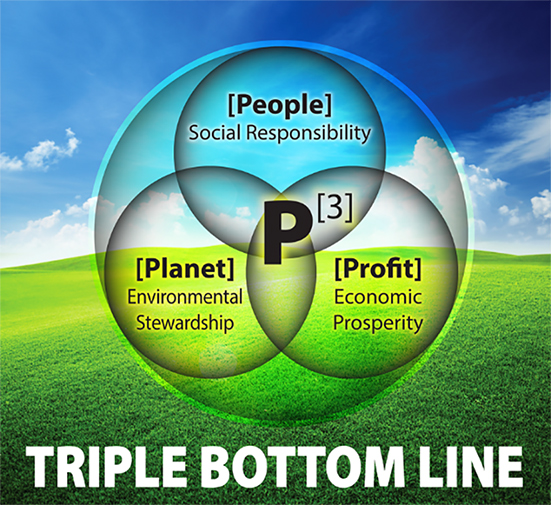
This shift in the industry allowed users to gather information from building automation systems and gave application engineers the ability to tune a building for energy savings based on the gathered data. Building automation systems are more connected today than ever before, which enables information sharing and interaction with everyday items we never imagined we would think about.
Do you know when your lobby bathroom was last cleaned? How many desks are occupied in your building on average at 2 PM on a Friday? Are too many people in your open-office area to maintain safe conditions during a global pandemic? All these data points can be measured and actioned on. Doing so with a wired sensor solution would be hard to maintain, not very flexible for the tenant or building owner, and costly to install.

EnOcean Alliance, an open, non-profit organization, was founded in 2008. EnOcean Alliance is committed to enabling and promoting interoperable ecosystems for smart homes, smart buildings, and smart spaces based on the maintenance-free radio standard ISO/IEC 14543—3-10/11 (EnOcean Alliance 2020). In 2010 we began testing EnOcean wireless technology at Reliable Controls and introduced our first wireless products, the SMART-Sensor™ EnOcean Accesspoint and SPACE-Sensor™ EnOcean, in March 2011. These devices, when joined with any Reliable Controls device that supports SMART-Net™, allow a dealer to put temperature and input devices in areas not previously accessible. In October 2018 we complemented these devices with the addition of the EnOcean Transceiver supported by the MACH-ProLight™.
Consider a classroom that is hard to control with a single sensor close to the entry door. With the introduction of a SMART-Sensor EnOcean Accesspoint wired to a MACH-ProAir and several SPACE-Sensor EnOcean devices in the room, you can collect multiple temperature readings to provide average temperatures throughout the day. Similarly, you could add an EnOcean Transceiver to a MACH-ProLight controller to control lighting and HVAC in an office. You could wirelessly monitor light levels with an easily relocated wireless EnOcean light-level sensor and provide temperature adjustment and readings with a SPACE-Sensor EnOcean device with setpoint slider.
Reliable Controls EnOcean devices support both 902 MHz (for North American applications) and 868 MHz (for applications in Europe or China) radio frequencies. In December 2019 we announced a partnership with Ad Hoc Electronics, manufacturer of Illumra controls. You can order our EnOcean devices and a variety of Illumra wireless products through eBusiness (Figure 1).
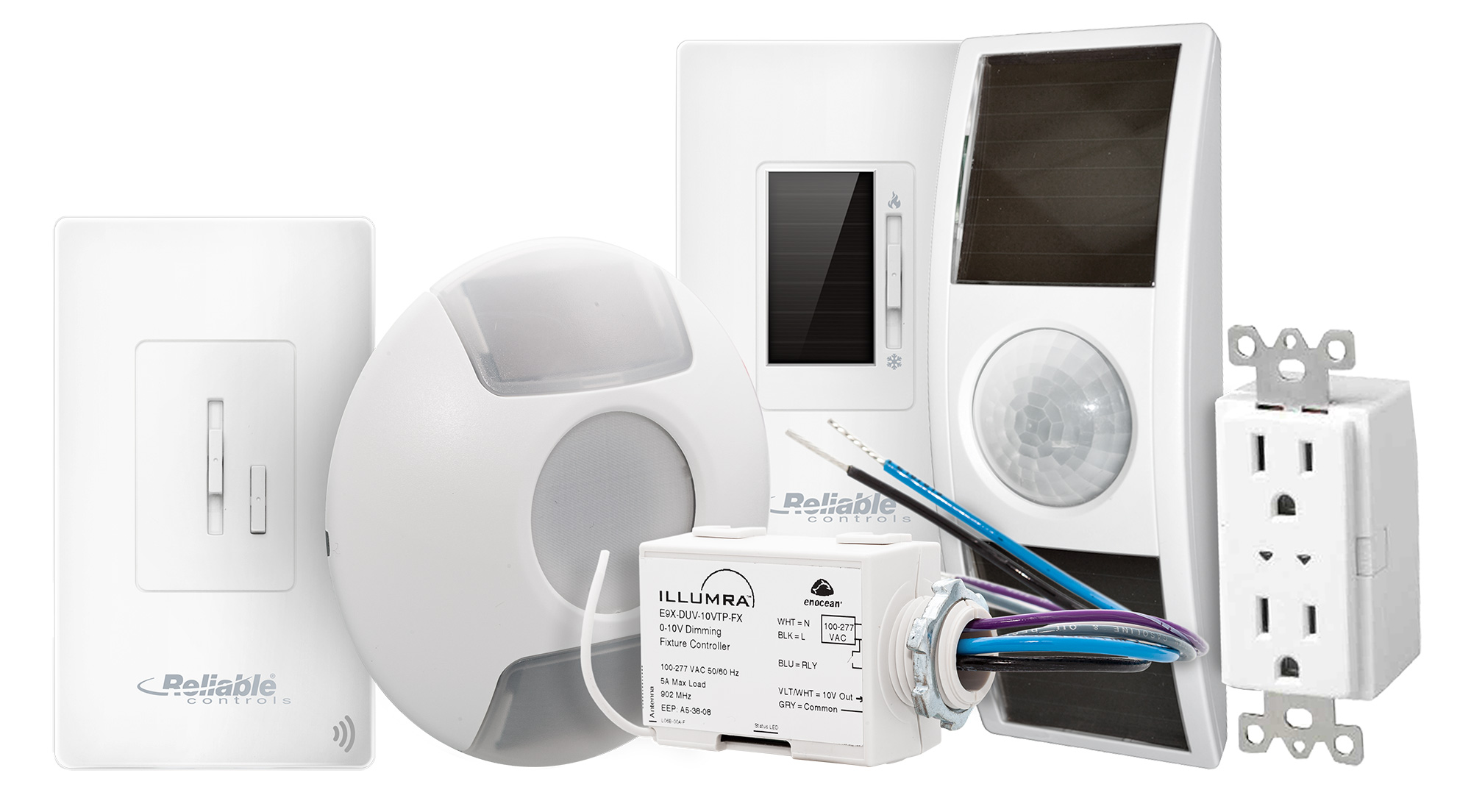
Figure 1: EnOcean devices available through eBusiness.
EnOcean sensors and switches often operate by harvesting energy from their surroundings—for example, from motion, light, or temperature changes. They broadcast standardized communication profiles (EnOcean Equipment Profiles, or EEPs) to a receiving transceiver or each other, operating on the EnOcean wireless standard. The EnOcean wireless standard (ISO/IEC 14543.3.1X) operates in sub-1GHz radio bands and is optimized for use in buildings with a possible range up to 30 meters (EnOcean Alliance 2020). Adding EnOcean devices that are repeaters to strategic locations in a space ensures good communication and a successful deployment. EnOcean-certified devices provide a standardized communication solution and allow you to incorporate many different devices into an overall design.
To support EnOcean solutions for the Authorized Dealer network, we have tested and documented many different devices. You can find information about these tested devices in the eForum under Application Support > Wireless Communication (Figure 2).
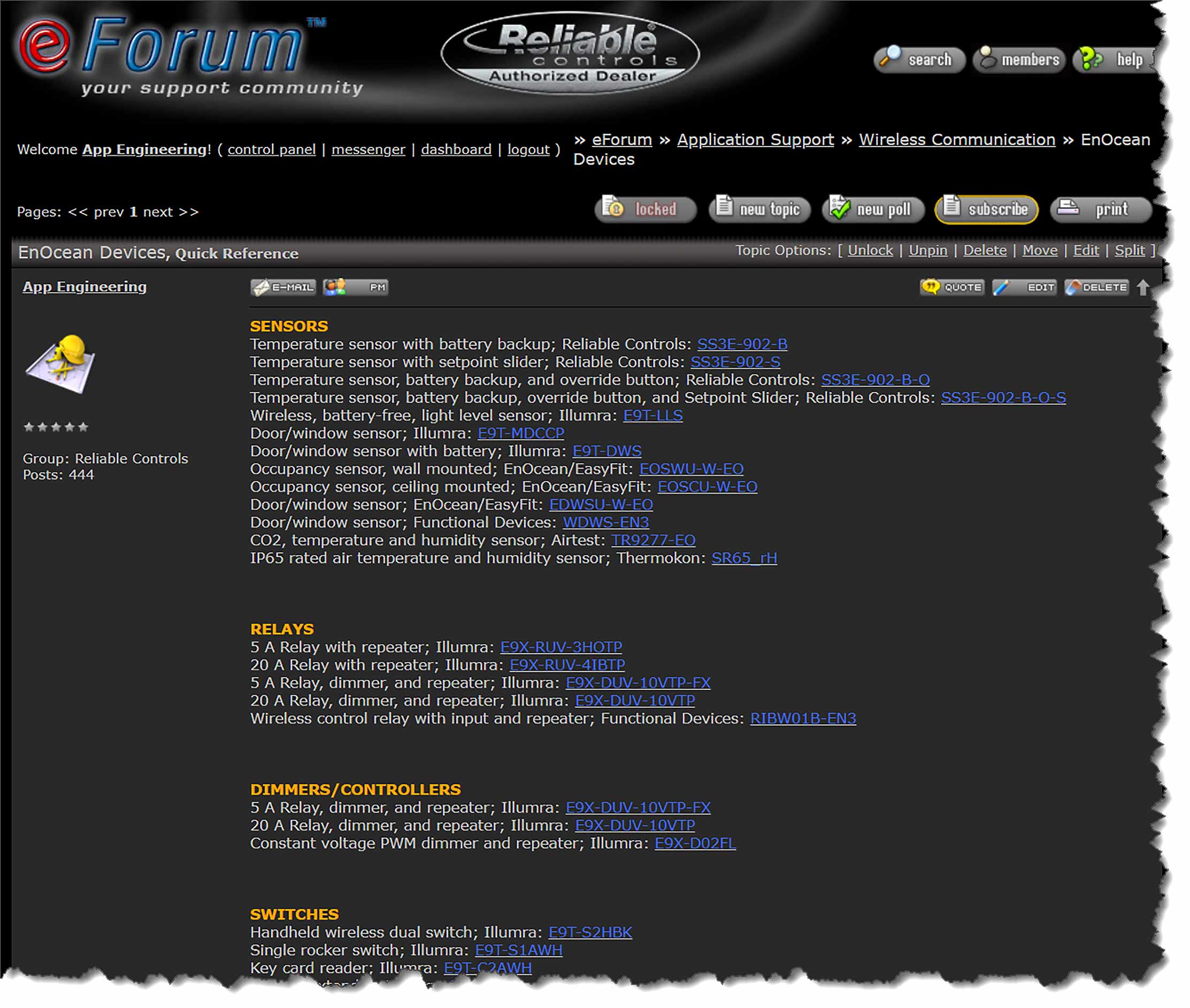
Figure 2: List of tested EnOcean devices on the Reliable Controls eForum.
Consider some recently completed projects. Did you miss opportunities for additional sales and added customer value by not deploying an EnOcean solution? Installing an EnOcean network of under-desk motion sensors could allow you to provide additional occupancy information, collect data for dashboards, and generate notifications to occupants when a room is at safe capacity during the pandemic. Knowing that only 50 percent of a space is used or that a section of a room is not used at all may allow a company to schedule cleaning more appropriately. Incorporating EnOcean CO2 sensors in an open office could allow for better ventilation control and energy savings.
Case studies, solutions, and marketing ideas for EnOcean wireless solutions are available from our partner Illumra and from the EnOcean Alliance to help application engineers decide what solutions to offer customers.
Endless EnOcean wireless opportunities are available. What ideas can you think of?
If you have implemented an EnOcean solution or have questions, we would love to hear from you. Please reach out to [email protected].
EnOcean Alliance. (December 2020). About EnOcean Alliance. https://www.enocean-alliance.org/about-us.
The Economist. “Triple Bottom Line.” November 17, 2009, https://www.economist.com/news/2009/11/17/triple-bottom-line.
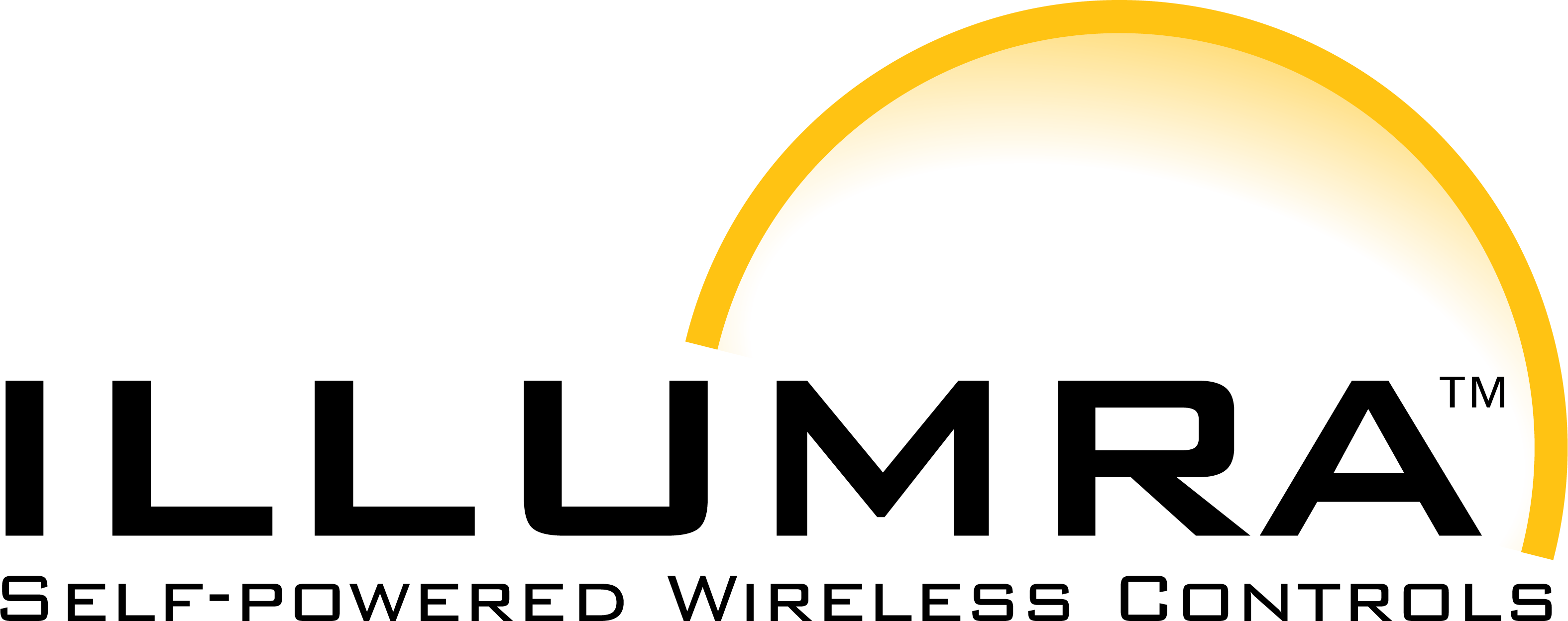
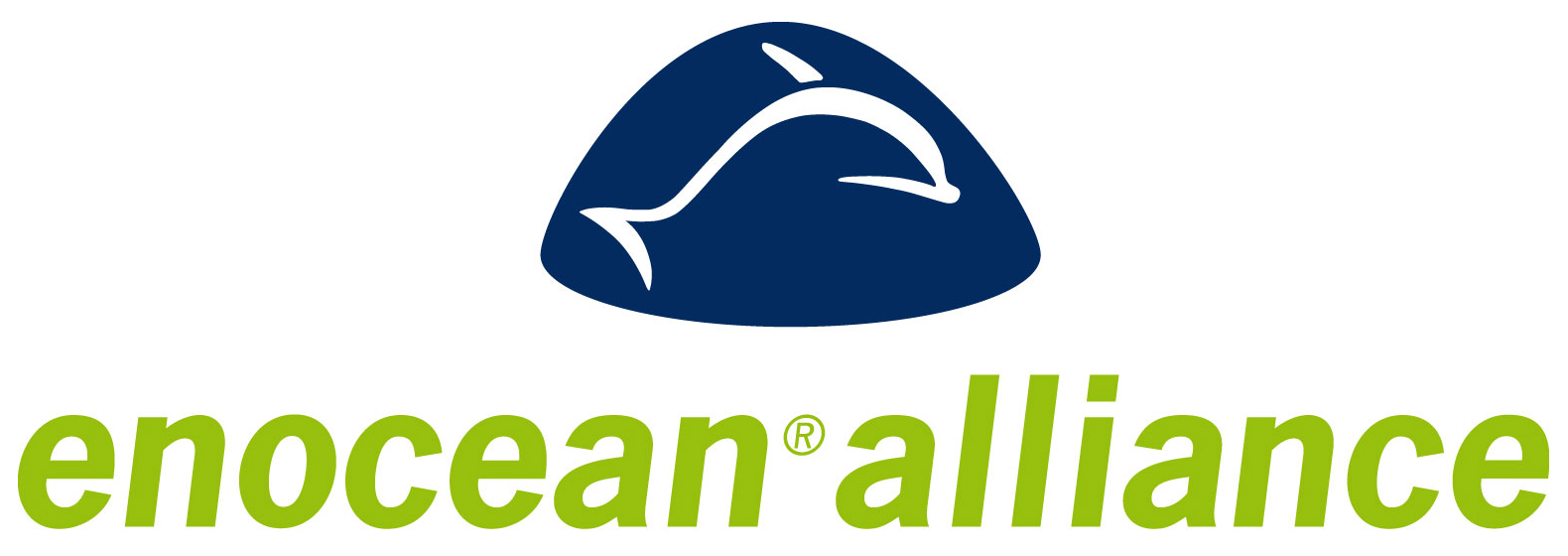
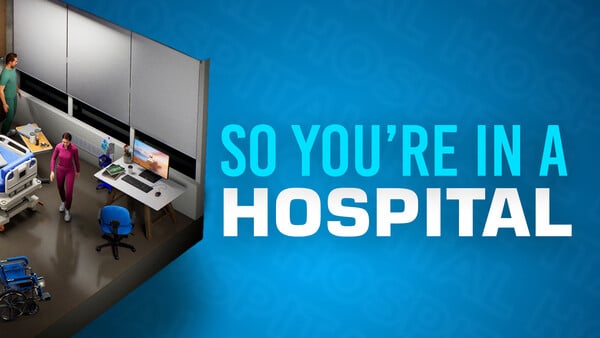
How does building automation ensure hospitals are safe, secure, comfortable environments for everyone?
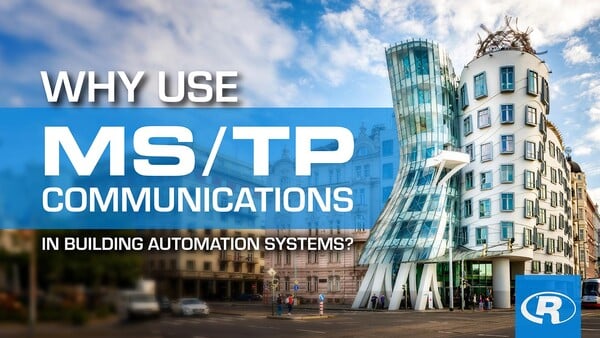
Learn when and why MS/TP communication is helpful in building automation systems.
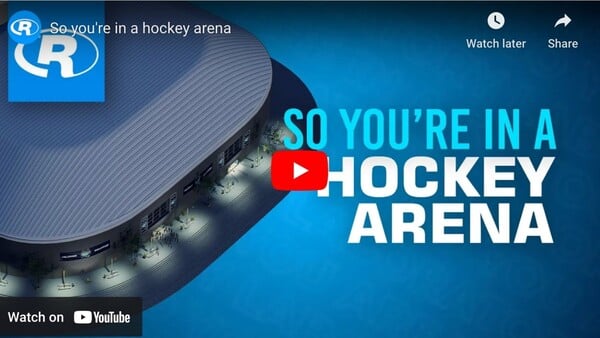
From the moment you park your car at a hockey arena, your comfort and safety are enhanced through a building automation system. Here’s how.
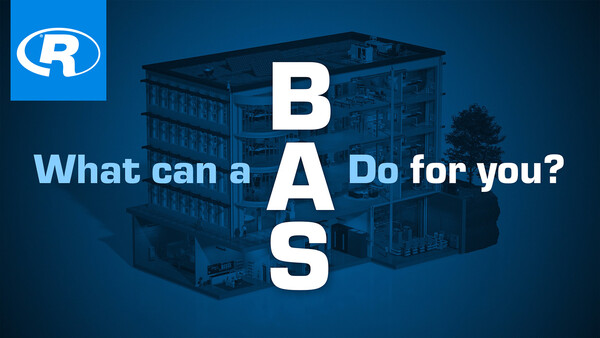
Building automation systems can make buildings truly intelligent, reducing their carbon footprint and saving money. Learn how.
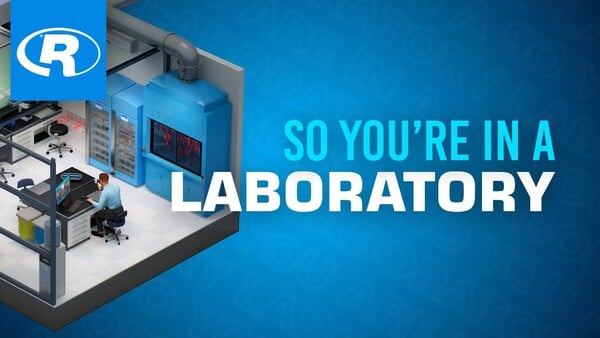
Ever wonder how a building automation system ensures safety and accuracy in lab work?
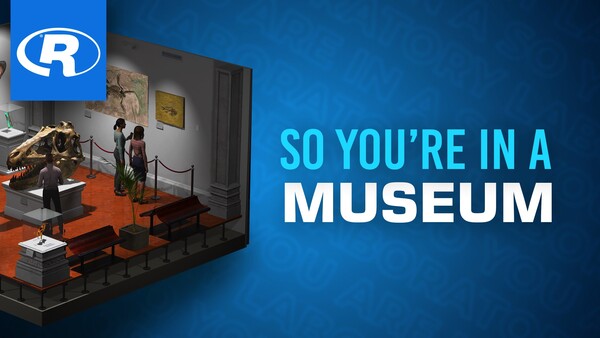
Museums—and their building automation systems—play an important role in preserving the preserved. Learn how.
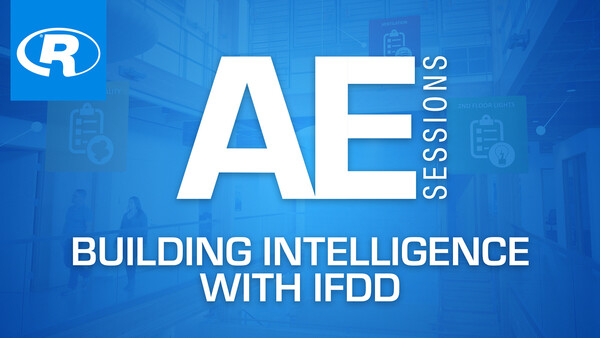
When you see a doctor or personal trainer, you benefit from their knowledge and experience. In the same way, a building automation system should provide all the tools you need to maintain your buildings in optimal health.
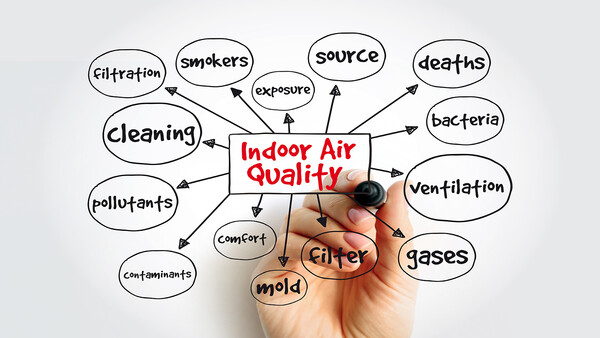
What are you doing to mitigate the transmission of viruses indoors? Learn what measures you can take and how your smart building provides more information and control for IAQ concerns.